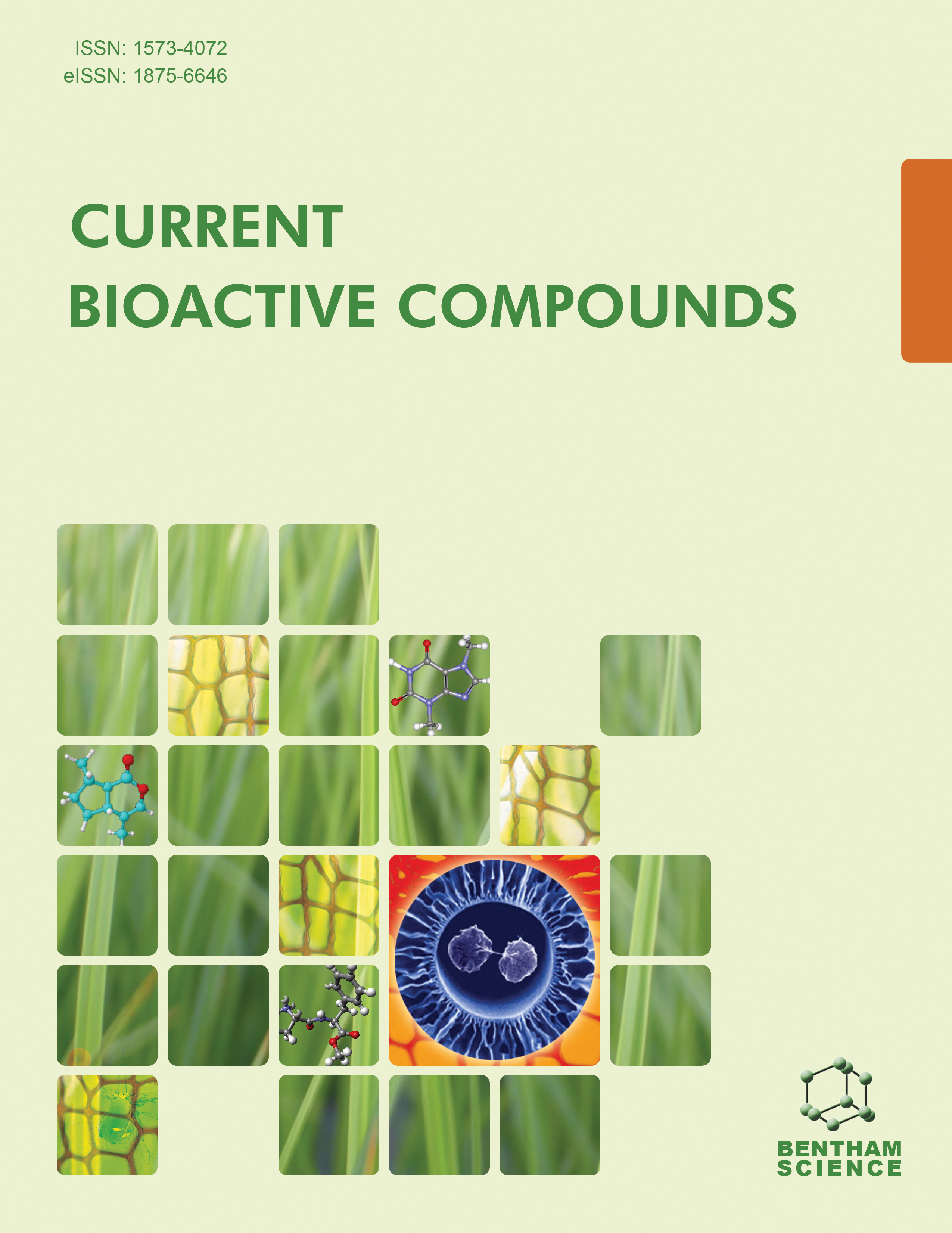
Full text loading...
We use cookies to track usage and preferences.I Understand

Plant extracts containing polysaccharides, flavonoids, and chelated calcium compounds are effective for the complex therapy of osteomyelitis. In this study, the content of target components in the extracts of seven Saussurea DC species was studied, and their osteogenic and hematopoietic activities in model osteomyelitis were investigated.
The content of chelidonic acid by high-performance liquid chromatography, flavonoids by spectrophotometric method, polysaccharides by gravimetric method, and calcium by automatic analyzer in extracts was determined. Biological experiments were carried out on rats using the model of experimental osteomyelitis.
The largest amount of calcium (3-4 mmol/l) in S. controversa, S. salicifolia, and S. frolowii, chelidonic acid (122 mg/g) in S. controversa, and flavonoids (63-74 mg/g) and polysaccharides (218-251 mg/g) in S.frolowii and S. parviflora extracts was found. In the model osteomyelitis, the studied extracts stimulated bone marrow hematopoiesis, and the total number of bone marrow cells increased after treatment with S. controversa extract by 50% and with S. parviflora and S. daurica extracts by 28% compared to the control. After treatment with Saussurea extracts, the intensity of inflammation in the bone tissue decreased, and regenerative processes intensified. Moreover, the area of mature bone tissue increased by 72% after treatment with S. controversa and S. parviflora extracts, indicating the successful completion of the bone regeneration process.
Plants of the genus Saussurea (S. controversa DC, S. parviflora (Poir.) DC, S. frolovii Ledeb., S. daurica Adams., and S. salicifolia (L.) DC) showed osteogenic and hematopoietic efficacy in the osteomyelitis model of rats. Extracts and biologically active components of these plants can expand the arsenal of sources for the complex therapy of osteomyelitis.

Article metrics loading...

Full text loading...
References


Data & Media loading...